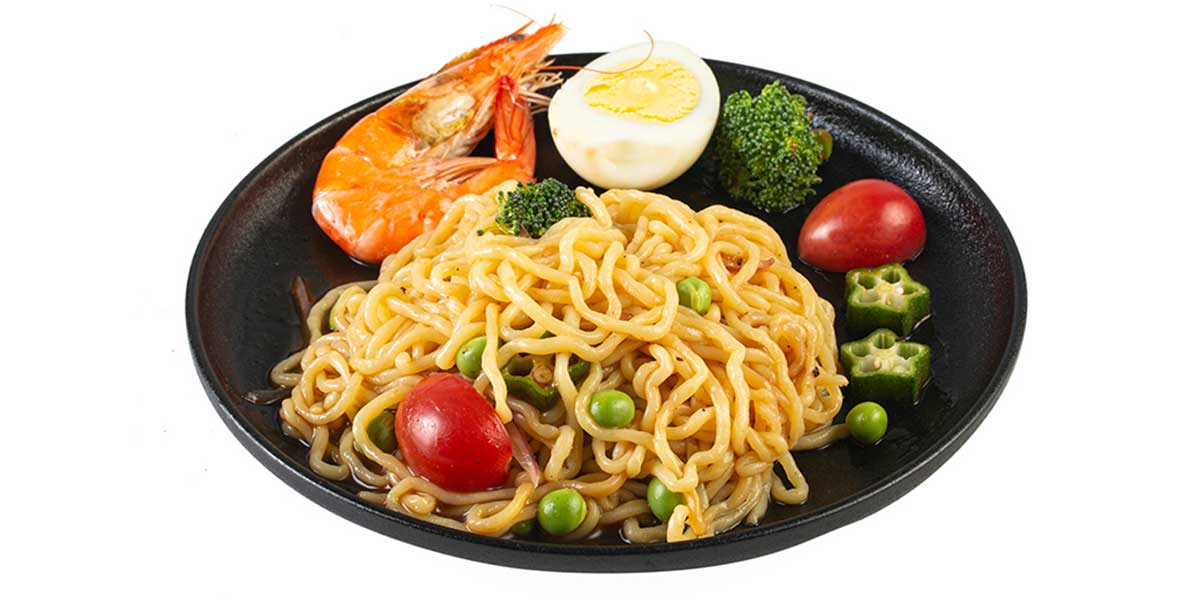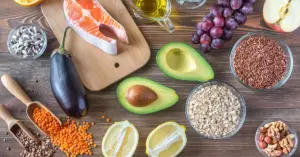Konjac Noodles: A Healthy Option at Whole Foods and Beyond
Welcome to our comprehensive guide on konjac noodles, a nutritious and versatile food option that you can find at Whole Foods and many other retailers. In this article, we will explore the origins, benefits, and culinary applications of konjac noodles. Whether you’re following a low-calorie diet, a low-carb lifestyle, or seeking gluten-free alternatives, konjac noodles might just be the perfect fit for you. Let’s dive in and discover the wonders of konjac noodles and how they can elevate your meals to a whole new level of health and satisfaction.
Origins and Cultivation
Konjac noodles are derived from the konjac plant, also known as Amorphophallus konjac or konjac potato. This fascinating plant is native to several countries in East Asia, including Japan, China, and Korea. It has a rich history and cultural significance in these regions.
The Konjac plant primarily grows in mountainous and subtropical areas, where it thrives in well-drained soil. The edible part of the konjac plant is its corm, which is a tuber-like structure that grows underground. The corm contains a unique type of dietary fiber called glucomannan, which gives konjac noodles their distinctive texture and numerous health benefits.
To cultivate konjac, farmers carefully plant the corms in spring. Over the course of several months, the konjac plant grows, and the corms develop. Once harvested, the corms are cleaned, sliced, and dried. The dried corms are then ground into a fine powder, which is used to make konjac noodles and other konjac-based food products.
To enhance your understanding of the konjac plant’s appearance, here is an image showcasing the konjac plant and its corm:
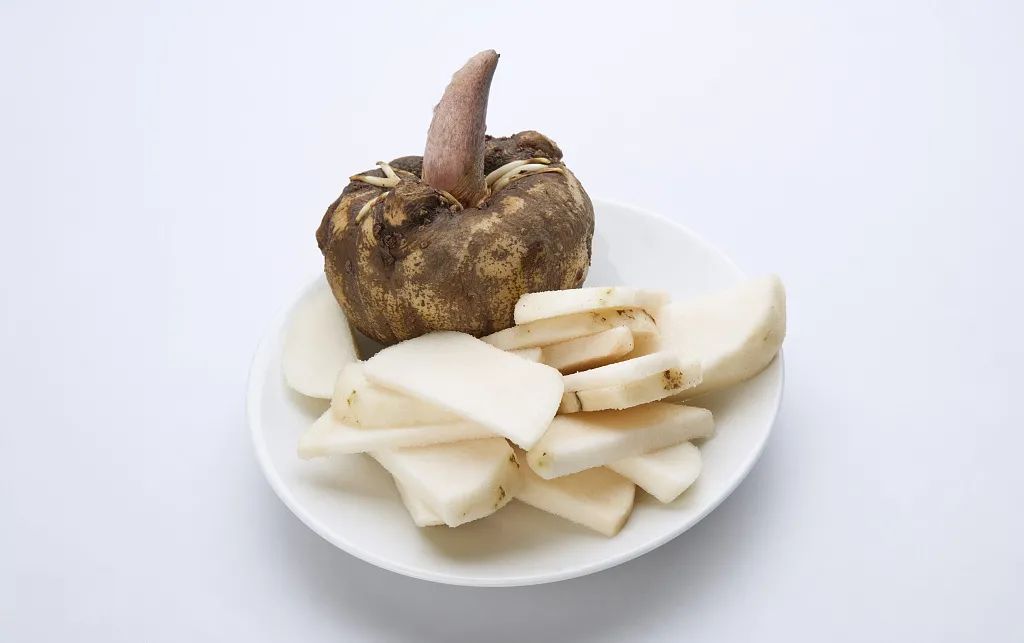
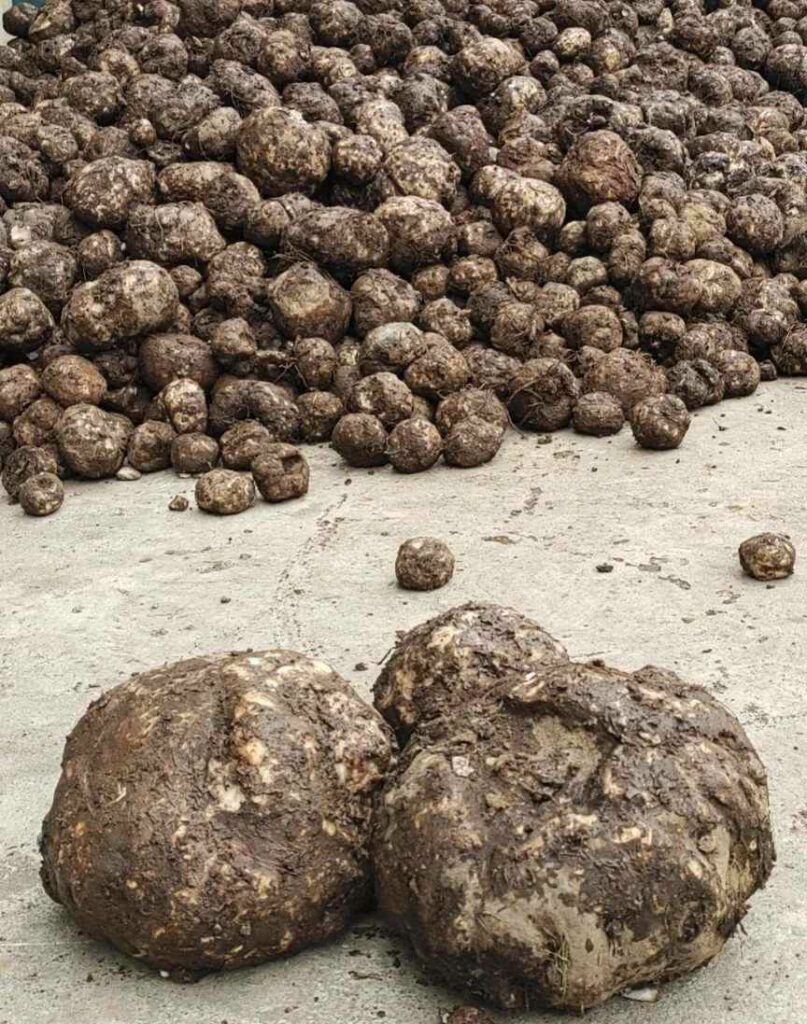
By adding this visual element, you can get a clearer picture of the konjac plant and its corm, enhancing your knowledge of its cultivation process.
Diverse Forms of Konjac Food
Konjac food comes in various forms, each offering unique culinary possibilities and health benefits. Let’s explore some of the most popular forms of konjac food:
1. Konjac Noodles: Konjac noodles, also known as shirataki noodles, are translucent and gelatinous noodles made from konjac powder. These noodles have a chewy texture and can be used as a low-calorie, low-carb alternative to traditional wheat or rice-based noodles. They are a fantastic option for those following gluten-free, keto, or weight-loss diets. Here’s an image showcasing konjac noodles:

2. Konjac Rice: Konjac rice is another innovative konjac-based product. It is made from finely ground konjac powder and shaped into rice-like grains. Konjac rice is an excellent substitute for traditional rice, providing a low-calorie, low-carb option for those watching their carbohydrate intake. It can be used in a variety of dishes, from stir-fries to sushi rolls. Here’s an image showcasing konjac rice:

3. Konjac Powder: Konjac powder is the powdered form of the Konjac corm. It is rich in glucomannan fiber, making it a useful ingredient in gluten-free baking and cooking. Konjac flour can be used to thicken sauces, soups, and gravies, or incorporated into gluten-free baked goods to improve texture and moisture retention. Here’s an image showcasing konjac powder:
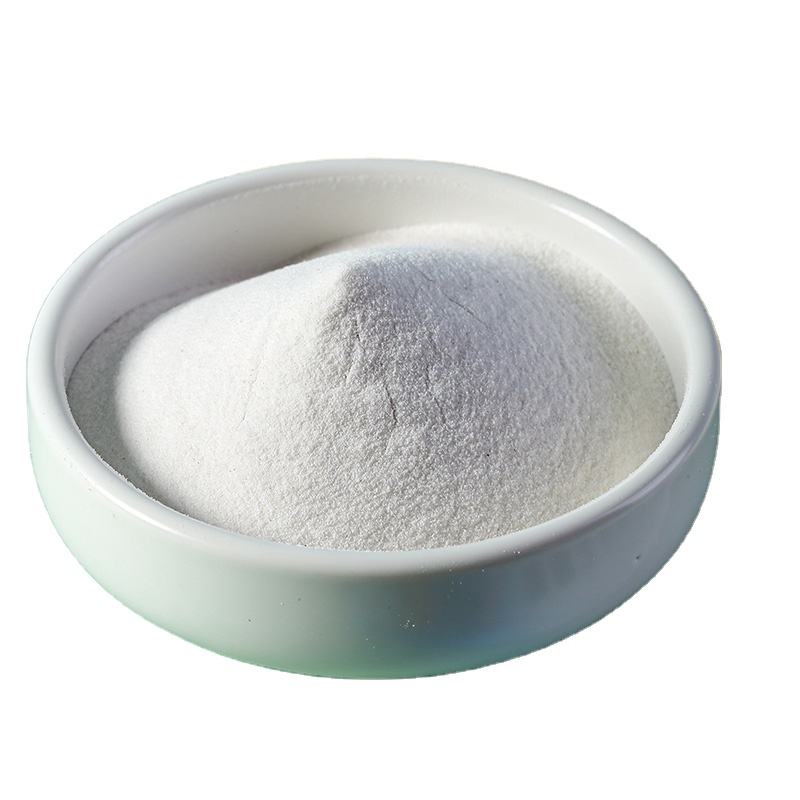
By including these visual representations, you can get a better idea of the appearance and versatility of each form of konjac food, helping you explore the possibilities and select the right option for your culinary needs.
Cultural Significance of Konjac
Konjac holds significant cultural importance in Asian countries, particularly in Japan and China, where it has been used in traditional cuisine for centuries. Let’s delve into the cultural significance of konjac and explore some popular dishes where it is incorporated:
1. Japan: In Japan, konjac is known as “konnyaku” and has been a part of Japanese cuisine since the Edo period. It is commonly used in various traditional dishes such as oden, a hot pot dish containing a variety of ingredients simmered in a soy-based broth. Konnyaku is often sliced into thin rectangular pieces and added to oden, absorbing the flavors of the broth while providing a unique texture. Additionally, konnyaku is used in nimono, a simmered dish, and as an ingredient in traditional sweets like konnyaku jelly.
2. China: In China, konjac is referred to as “蒟蒻( jǔ ruò)” and has been consumed for centuries. It is a key ingredient in dishes like hot pots, where thin konjac sheets are used to wrap and hold ingredients during cooking. Konjac is also used in stir-fries, soups, and stews, adding a chewy texture and absorbing the flavors of the dish. In Chinese cuisine, konjac is valued for its versatility and ability to complement a wide range of flavors.
When preparing konjac in these traditional dishes, it is typically boiled or simmered to remove any bitterness and enhance its texture. The cooked konjac absorbs the flavors of the surrounding ingredients and becomes an integral part of the dish.
Nutritional Value of Konjac
Konjac food, including konjac noodles, konjac rice, and konjac powder, offers several nutritional benefits. Here are some key points to highlight:
-
- Low Calorie: Konjac food is extremely low in calories, making it an excellent choice for those seeking to manage their calorie intake or lose weight.
-
- Low Carbohydrate: Konjac products are very low in carbohydrates, which makes them suitable for low-carb or ketogenic diets.
-
- High in Fiber: Konjac is rich in glucomannan fiber, a soluble dietary fiber known for its ability to absorb water and form a gel-like substance in the digestive tract. This fiber can help promote feelings of fullness and support healthy digestion.
-
- Absence of Fat: Konjac food is virtually fat-free, making it a good option for individuals watching their fat intake.
-
- Low Glycemic Index: Konjac has a low glycemic index, meaning it has a minimal impact on blood sugar levels. This makes it suitable for people with diabetes or those following a low-glycemic diet.
-
- High Water Content: Konjac food has a high water content, contributing to its low-calorie nature and aiding in hydration.
-
- Trace Vitamins and Minerals: While konjac is not a significant source of vitamins and minerals, it does contain small amounts of calcium, iron, and other trace minerals.
In summary, konjac food is a nutritional powerhouse that offers a multitude of benefits for health-conscious individuals. Its low-calorie, low-carb, and high-fiber properties make it an ideal choice for weight management, while its low GI and fat-free nature support overall dietary health. In the following sections, we’ll explore how these nutritional attributes translate into tangible health benefits and how to effectively incorporate konjac food into your diet for optimal results.
Konjac Food: A Perfect Fit for Many Diets
In an era where dietary preferences and restrictions vary widely, finding a versatile and nutritious food that accommodates different lifestyles can be a game-changer. Konjac food, with its impressive nutritional profile, stands out as a perfect fit for numerous diets and dietary preferences. Here’s why:
Low-Calorie and Weight Management Diets:
For those on a weight loss journey or calorie-restricted diet, konjac food is a godsend. Its low-calorie content allows individuals to enjoy larger portions without worrying about excessive calorie intake. Konjac noodles, rice, and other products provide a satisfying, filling meal without the calorie burden of traditional counterparts. This makes it an excellent choice for individuals practicing portion control or aiming to shed pounds.
Low-Carb and Ketogenic Diets:
Konjac’s minimal carbohydrate content makes it a standout ingredient for low-carb and ketogenic diets. It provides a satisfying substitute for high-carb staples like pasta and rice while helping individuals maintain their state of ketosis. Konjac noodles and rice fit seamlessly into these diets, allowing adherents to enjoy familiar dishes while staying within their carb limits.
Gluten-Free and Celiac-Friendly Diets:
Gluten sensitivity and celiac disease require individuals to eliminate gluten-containing grains from their diets. Konjac food, being naturally gluten-free, offers a safe alternative. Gluten-free individuals can enjoy konjac-based pasta, noodles, and flour without worrying about adverse reactions. It’s also an opportunity to introduce variety and texture into gluten-free meals.
Vegan and Plant-Based Diets:
Konjac is entirely plant-based, making it a valuable addition to vegan and vegetarian diets. Its neutral flavor makes it adaptable to a wide range of culinary creations, from stir-fries to soups and salads. It’s an excellent source of dietary fiber and can help vegans meet their fiber needs while keeping their meals satisfying and nutritious.
Diabetic and Blood Sugar Control Diets:
Maintaining stable blood sugar levels is crucial for individuals with diabetes or those seeking to prevent blood sugar spikes. Konjac’s low glycemic index and glucomannan fiber help regulate blood sugar, making it suitable for diabetic diets. It can be integrated into balanced meals to support blood sugar control without compromising on flavor or variety.
Heart-Healthy Diets:
For individuals focused on heart health, konjac’s fat-free and low-sodium properties are advantageous. It can be part of a heart-healthy diet aimed at reducing the risk of cardiovascular disease. Konjac’s soluble fiber can also help lower cholesterol levels, which is a key factor in heart health.
Intermittent Fasting and Time-Restricted Eating:
During fasting periods, konjac food can be a strategic choice. Its fiber content contributes to a feeling of fullness, helping individuals adhere to their fasting schedule. Konjac noodles or rice can be incorporated into meals that provide satiety without disrupting fasting goals.
Konjac food offers a range of benefits, making it a fantastic addition to various diets and lifestyles. Whether you’re looking to reduce calories, manage carbohydrates, follow a gluten-free or vegan diet, or explore new culinary options, Konjac Food has you covered.
To incorporate konjac into your meals, try experimenting with konjac noodles in stir-fries, soups, or pasta dishes. You can also explore konjac rice as a substitute for traditional rice in your favorite recipes. The versatility of konjac flour allows you to thicken sauces, soups, and gravies or create delicious gluten-free baked goods.
If you’re looking for inspiration, we invite you to check out our collection of Konjac-based recipes. These recipes will help you discover creative and delicious ways to incorporate konjac food into your daily meals.
Conclusion:
Konjac food offers a range of benefits, making it a fantastic addition to various diets and lifestyles. Whether you’re looking to reduce calories, manage carbohydrates, follow a gluten-free or vegan diet, or explore new culinary options, Konjac Food has you covered.
To incorporate konjac into your meals, try experimenting with konjac noodles in stir-fries, soups, or pasta dishes. You can also explore konjac rice as a substitute for traditional rice in your favorite recipes. The versatility of konjac flour allows you to thicken sauces, soups, and gravies or create delicious gluten-free baked goods.
If you’re looking for inspiration, we invite you to check out our collection of Konjac-based recipes. These recipes will help you discover creative and delicious ways to incorporate konjac food into your daily meals.
Additionally, you can explore the wide range of Konjac-based products available for purchase [buy Konjac noodles on Amazon]. From Konjac snacks to Konjac desserts, there are plenty of options to suit your preferences and dietary needs.
For more detailed information about specific Konjac products, recipes, or user testimonials, feel free to explore our other pages.
Remember to consult with a healthcare professional if you have specific health conditions or concerns before incorporating Konjac into your diet.
To learn more about the nutritional benefits and scientific research on konjac, you can refer to reputable sources such as [healthline] and [medicalnewstoday].
Start enjoying the health benefits and culinary possibilities of Konjac food today. It’s time to elevate your meals with this fantastic and versatile ingredient.
Explore our collection of delicious Konjac recipes and discover the wonders of Konjac food firsthand.

